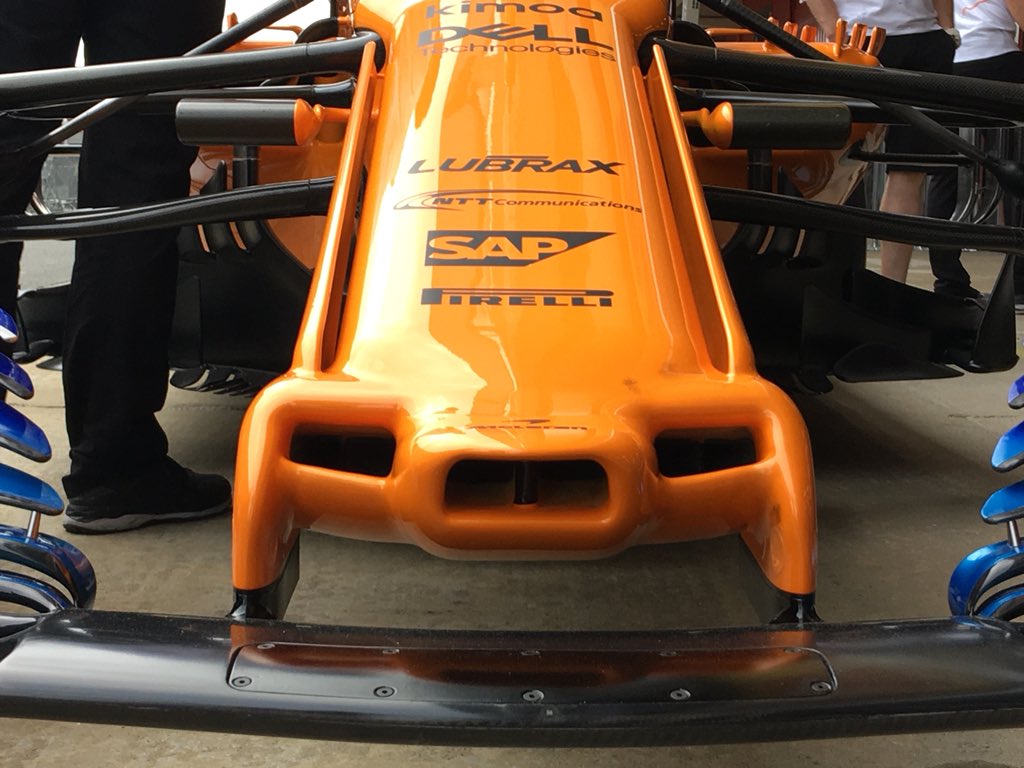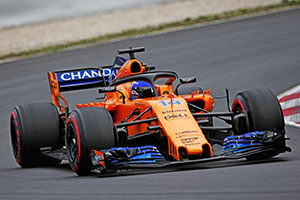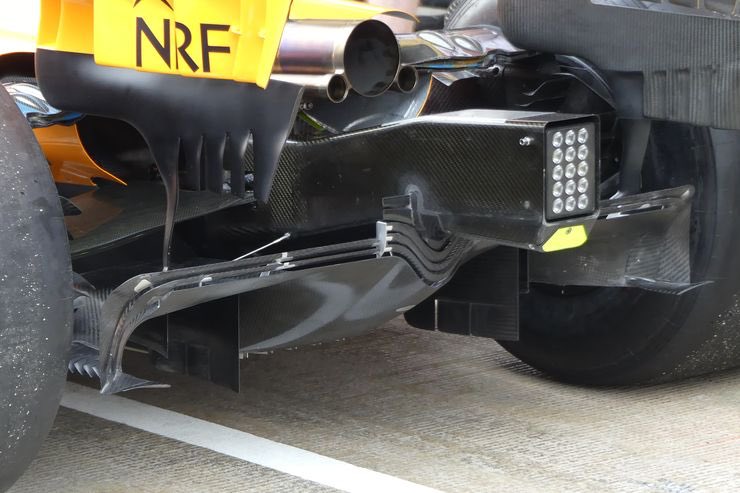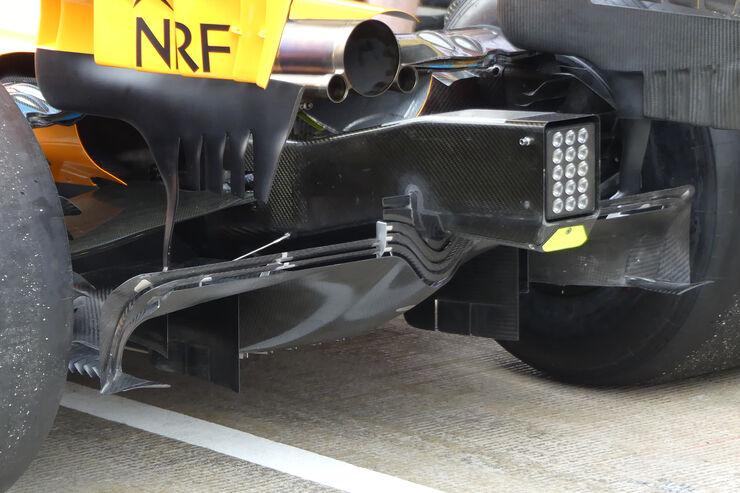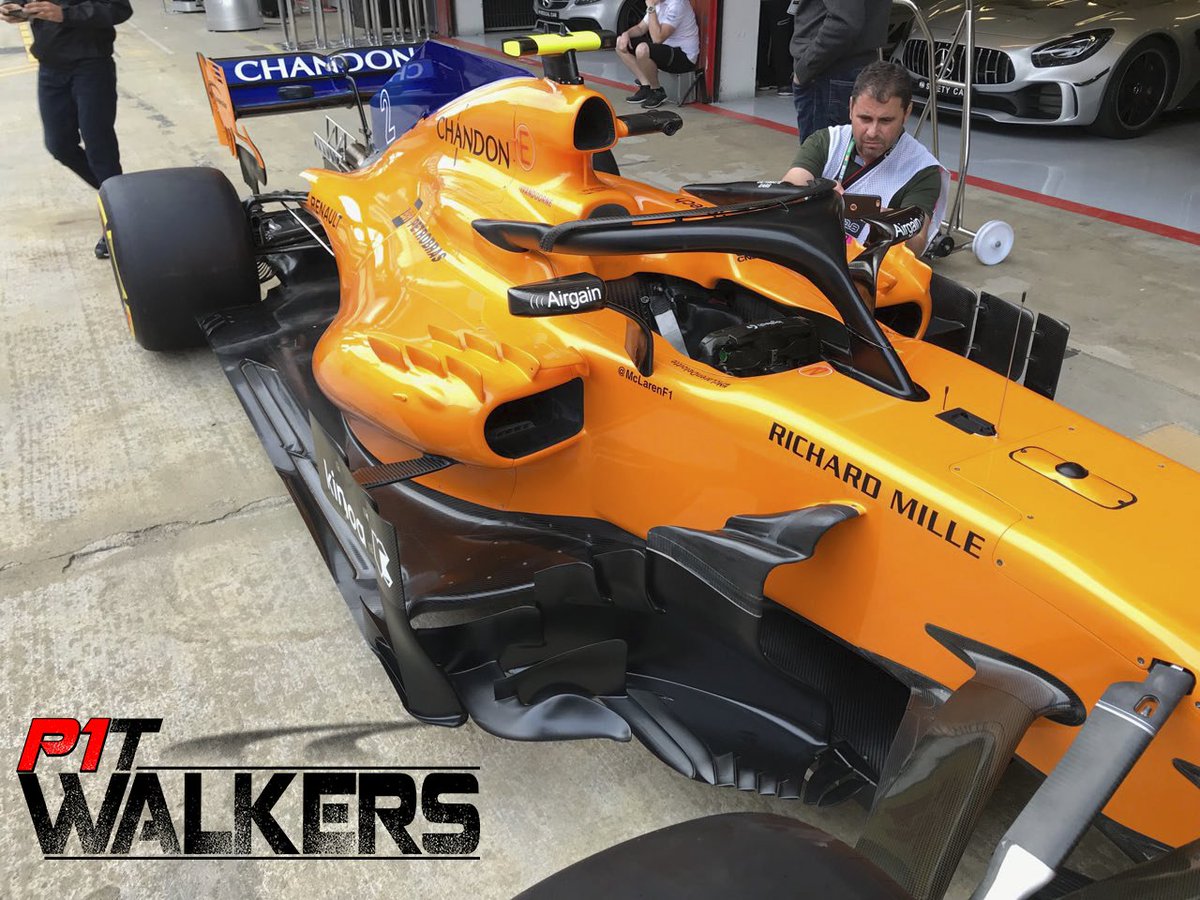Vanja #66 wrote: ↑10 May 2018, 21:44
This nose is amazing. It's not a nose anymore, it's an airfoil with a wing attached in front of it and "some" channels. Everything about this design screams downforce and drag reduction - but it's not really visible just how much they achieved on first sight.
Airfoil cross section of the nose is there to reduce the drag and maybe provide some more predictable flow behaviour in yaw. Slats on nose sides are there to provide even more yaw stability and increase pressure on top surface of the nose - downforce. The cape is making some downforce as well, just like Mercedes design. Front channels reduce drag, allow more air to the back and increase pressure on top surface of FIA's front wing centre section.
Massive push, it clear to see why passing crash tests was so hard and if it works as well as they hope - McLaren could easily be 4th fastest car from now on.
Do you think it possible that some teams experiment with channeling air through the nose through the car to exit as as micro jets to help seal the diffuser?
I really am pleased with what McLaren have done, I don't know why, obviously I'm not privy to the numbers, nor have we seen the car run on track, I just find the design well done. Not only is this a good step for them but it also gives them a good foundation for further development. I can already see some areas they're itching to get real data on to further develop. All in all well done McLaren, this isn't just an update it's a growth spurt.
